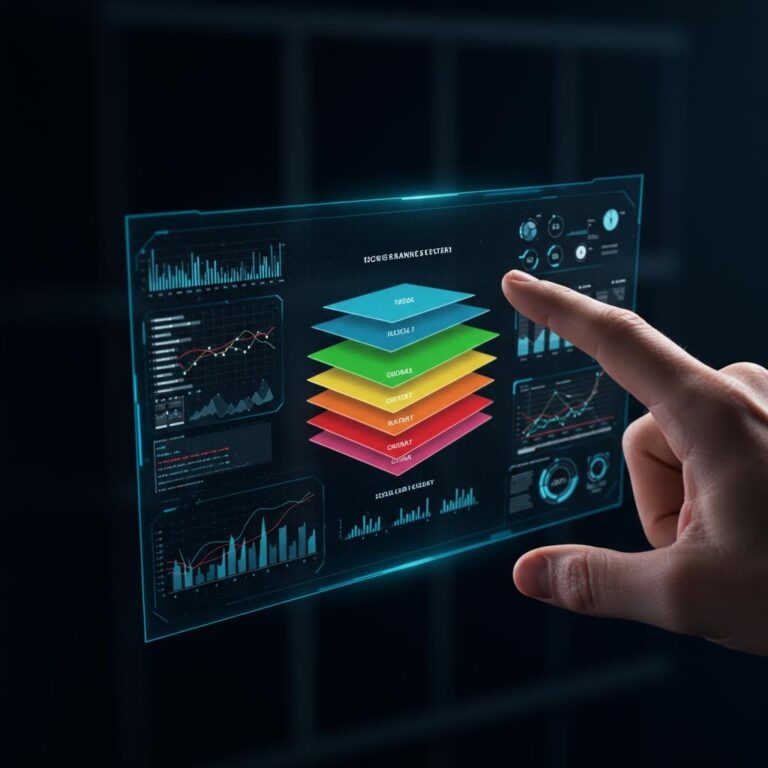토토 서비스 속도 저하의 핵심 원인 온라인 토토 서비스를 이용하다 보면 예상보다 느린 로딩 속도나 응답 지연을...
디지털 솔루션API 가이드
신규 솔루션
토지 개발 프로젝트에서 반복 작업이 발생하는 이유 토지노 최적화 작업은 단순해 보이지만 실제로는 수많은 반복 과정이 필요한...
알본사 부하 관리의 핵심 변동 포인트 이해하기 알본사 부하 관리 시스템에서는 여러 변동 지점이 운영 과정에서 자연스럽게...
밴더사 하드웨어 설정의 서비스 품질 연결 구조 CPU와 메모리 설정이 실제 서비스 품질에 어떻게 반영되는지 궁금해하는 사용자들이...
도박 중독의 예방적 접근과 운영 관리의 중요성 카지노 운영에서 가장 민감하면서도 중요한 영역 중 하나는 이용자의 건전한...
토토 지연 현상의 실체와 해결 필요성 온라인 베팅 시스템에서 발생하는 지연 문제는 단순한 기술적 오류가 아닌 복합적인...
토지노 서버 자원 관리의 기본 이해 토지노 플랫폼에서 안정적인 서비스 운영을 위해서는 서버 자원의 체계적인 관리가 필수적입니다....
알본사 백오피스 시스템의 핵심 구조와 작업 흐름 알본사 백오피스는 업무 처리와 데이터 관리를 위한 통합 관리 시스템으로,...
밴더사 연동 성능 평가의 핵심 이해 시스템 연동 프로젝트에서 가장 중요한 순간은 실제 운영 환경에 적용된 직후입니다....
디지털 콘텐츠 정산의 새로운 패러다임 데이터 기반 정산 체계의 진화 콘텐츠 산업이 급속히 디지털화되면서 기존의 수동적 정산...






